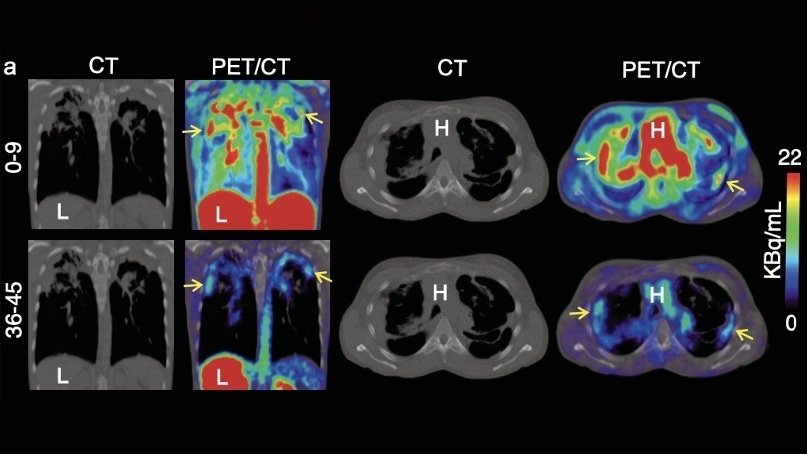Safer Radiation Treatment for Expecting Mothers
By HospiMedica staff writers
Posted on 03 Jan 2008
A new set of modeling tools could enable safer, more accurate, and more effective radiation therapy and nuclear medicine imaging procedures for pregnant women.Posted on 03 Jan 2008
Researchers from the Rensselaer Polytechnic Institute (Troy, NY, USA) created three-dimensional (3D) models of pregnant females at various gestational stages: three months, six months, and nine months. They then built the models of the expecting mother and fetus organ by organ, relying on computer-generated mesh models, as well as supplanting the model with data from rare computerized tomography (CT) scan images of a pregnant patient taken in 2004, when both the woman and her physician were unaware she was pregnant.
Since physicians use advanced computer simulations, also known as "phantoms”, to determine the correct dose of radiation to administer to patients, and since pregnant patients are prohibited from undergoing X-rays or other imaging procedures, there has never previously been enough data to create an accurate phantom of a pregnant woman. Another problem was that conventional methods of phantom creation simply could not account for the rapid changes of a pregnant woman's internal physiology as her organs shift to accommodate the growing fetus. The researchers therefore decided that instead of employing conventional constructive solid geometry (CSG) tools to construct the computer model, they would use boundary representations (BREP) tools. The researchers expect it will likely be about one year before the models are verified and accepted by the medical community, and then integrated into computer software as a new standard for determining and administering radiation therapy to expecting mothers. The study was published in the December 7, 2007, issue of Physics in Medicine and Biology.
"These new models should be extremely useful for understanding the risks of radiation, and for better planning radiation imaging and treatment for pregnant women,” said lead researcher X. George Xu, Ph.D., a professor of nuclear and biomedical engineering. "The tools we have developed for this research should also open up several new avenues for improving the field of radiation dosimetry.”
BREP is widely used in the manufacturing industry for computer-aided design, and in the entertainment industry to create computer-animated models for movies and video games. Since BREP is more flexible and features a more robust toolbox for manipulating the surface of model components, it was found to be highly effective for creating medical phantoms consisting of complex organs.
Related Links:
Rensselaer Polytechnic Institute














